It’s all in the numbers and the context for those numbers.
In the zero-carbon plan that Duke released yesterday, the nation’s largest owner of power plants and electricity sector emitter of CO2 also set a near-term goal to reduce its carbon emissions 50% by 2030.
However, the fine print shows that this is a reduction from 2005 levels. Duke, by its own count, has already reduced emissions 31%. So this is actually a pledge to reduce emissions a further 19% by 2030, which was noted by a prominent energy writer on Twitter.
It also means that Duke is about halfway to its 2030 goal already.
If you're judging from today, it's more like they're cutting a quarter of their carbon emissions by 2030.
— Gavin Bade (@GavinBade) September 17, 2019
This is but one of many of the details that suggests that Duke’s much-touted pledge could be an attempt to put a glossy shine on the foot-dragging that it has engaged in regarding renewables in the service area of its subsidiary utilities in the Carolinas, Florida and Indiana. This is definitely how the plan has been greeted by some advocates.
While the American Council on Renewable Energy (ACORE) welcomed the pledge, local group NC WARN described it as “a scandalous deception foisted upon the news media, the public and public officials such as Governor Cooper.”
“Pathetic commitment to renewable energy”
Duke has pledged to “at least double our portfolio of solar, wind and other renewables by 2025”, but this includes its competitive generation arm. Duke estimates that this business, which includes Duke Energy Renewables, had about 3 GW of wind, solar and other renewable energy generation at the beginning of 2018. The company plans to double this by 2025.
The service areas of its subsidiary utilities look different. By the end of 2019, Duke expects its subsidiary utilities to own around 500 MW of non-hydro renewables, and to double this to 1 GW by 2025. In addition the utility says that it expects to have contracts with another 4 GW of renewable generation by the end of this year, and to grow this as well.
The totals provided by Duke are not clear, but there is a lot more information in the long-term plans of its utility subsidiaries, which are spread across four states. And these look very different from utility to utility.
Duke Energy Florida, like all other large utilities in the state, has followed the lead set by NextEra-owned Florida Power and Light and is building a significant amount of solar in its service areas.
The Carolinas are another matter. In its latest long-term plan, Duke is planning to build 4.8 GW of solar and solar plus storage in North Carolina, but this is spread over 15 years and would only get Duke’s two North Carolina utilities to 8% wind, solar and other non-hydro renewables by 2034 – less than the national average in 2018.
Meanwhile, in Indiana, Duke is planning to add no solar until 2023 – which means that it would not be taking advantage of the federal Investment Tax Credit (ITC) for nearly all of the solar that it plans to deploy. This all adds up to what NC WARN is calling a “pathetic commitment to renewable energy and battery storage”.
CH4 vs. CO2
What Duke is planning to build to meet its relatively unambitious 2030 target is gas, and lots of it. Energy and Policy Institute has calculated that Duke’s latest long-term plans for its utilities in the Carolinas and Indiana feature nearly 15 GW of new gas-fired power plants, with plans coming online as late as 2034.
And while Duke could merely switch its coal-fired fleet over to gas and achieve its relatively unambitious 2030 target of a further 19% reduction in CO2 emissions from 2005 levels, CO2 is not the only greenhouse gas. In its statement, NC WARN addressed emissions from methane (CH4).
Duke’s continuing (and successful) deception seeks to confuse people by referring to “carbon” emissions when they mean “carbon dioxide.” Since burning gas emits less CO2 than coal, Duke claims it’s a climate leader because it is replacing coal with gas, conveniently ignoring the massive emissions of methane from every stage of the natural gas lifecycle.
The U.S. Environmental Protection Agency (EPA) identifies methane as being 25x as powerful a greenhouse gas as compared to CO2, and it is even more powerful on a shorter timeframe. And as noted by NC WARN, fugitive methane emissions could make it such that there is limited climate benefit from switching from coal to gas, which was highlighted in a recent report by Brown University looking at emissions in Rhode Island.
Holding on to nukes & coal
In addition to Duke claiming climate benefits by only looking at CO2 and not CH4, the utility’s long-term plans have made it clear that it plans to keep some of its coal and nuclear plants online for unheard-of-timelines.
Duke has held on to its coal plants with a particular stubbornness, with plans to run some of these until 2048. The power company has referenced its 11 GW of nuclear generation in the Carolinas as being “central to our ability to meet these goals,” and in the past has planned to run its nukes as long as 90 years – several decades longer than any nuclear power plant has ever operated.
In announcing its carbon reduction goal, Duke has simultaneously made the excuse that the delayed phase out of its coal fleet is dictated by the need to “to protect customer rates and reliability”.
It’s hard to find a justification for either claim. Duke has failed to even model retirement of coal units in North Carolina that are clearly no longer economic, and was recently ordered to do so by state regulators. In terms of reliability, a wide variety of studies have found that the United States could be served by at least 80% zero-carbon electricity sources without any decline in quality of service.
Overall, it appears that Duke has been successful in defining the terms of its commitment in such a way as to make limited progress on renewable energy, delay closure of coal plants, make questionable assumptions about nuclear plant lifetimes, and invest heavily in gas while ignoring the methane issue. As such, there is a big question as to whether or not this is progress in any terms except those of public relations.
Update: This article was updated on September 19 at 1:08 PM EST to include additional information provided by Duke on its renewable energy plans.
This content is protected by copyright and may not be reused. If you want to cooperate with us and would like to reuse some of our content, please contact: editors@pv-magazine.com.
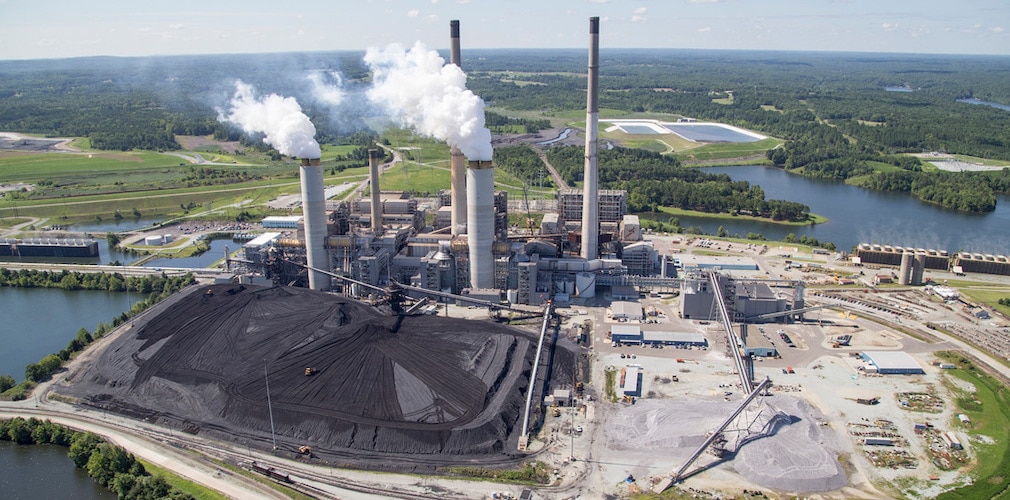
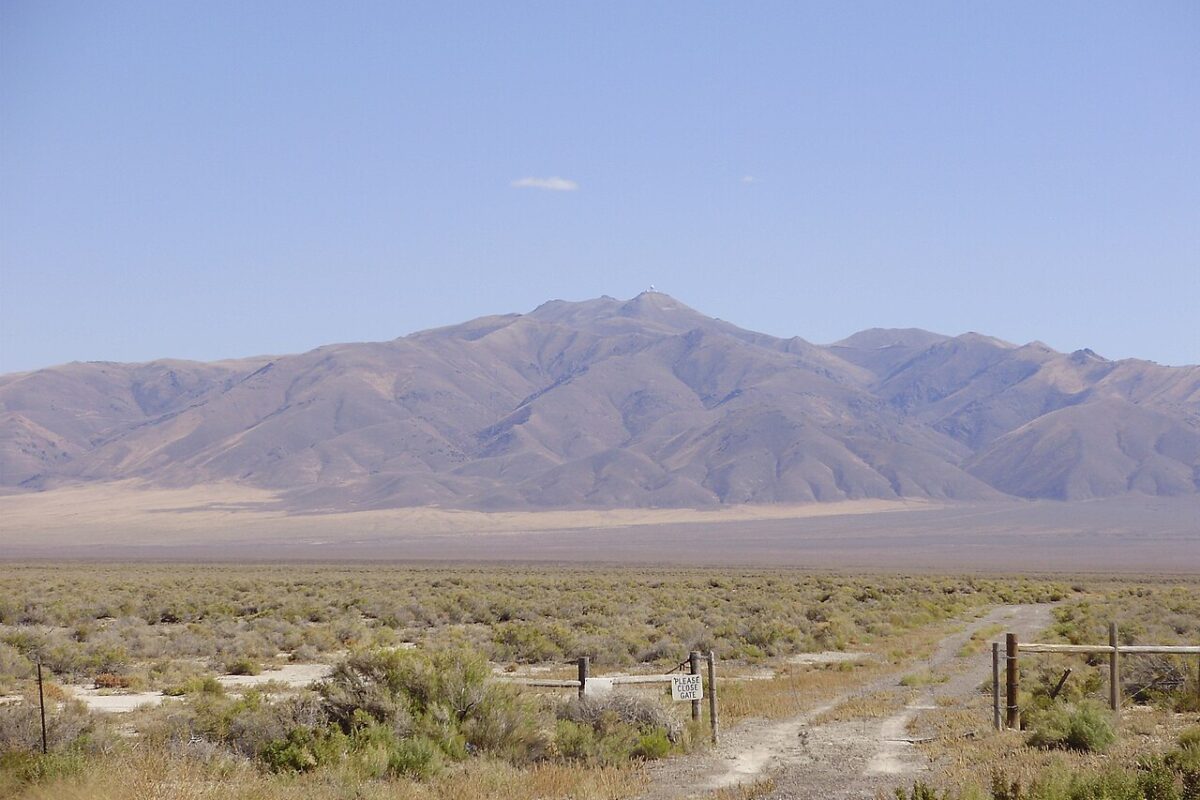


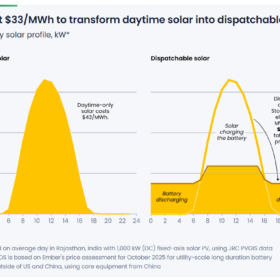

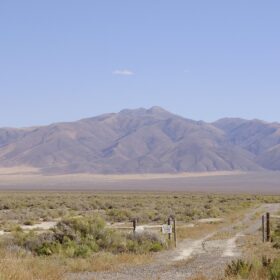

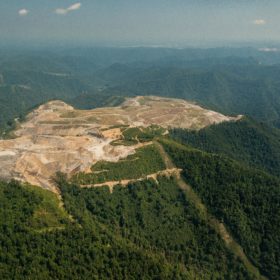
I am guessing they want to build all the NG so they can continue to profit off of the ratebasing long after they are uneconomic.
(And, I thought everyone based CO2 targets off of 2005 since that is all I ever see. I assume this is because the Paris targets are based from 2005.)
“Duke… has planned to run its nukes as long as 90 years – several decades longer than any nuclear power plant has ever operated.”
Really? No nuclear power plant has ever operated since before the first one was ever built? 90 years ago, it was 1929, so… yeah.
No one is ignoring the methane issue. Do you recall that Obama’s EPA measured methane leakage at 1.4%? A more recent study by The Environmental Working Group identified leakage rates of 2.3% and recommended several ways to reduce this number significantly. EWG plans to launch a satellite capable of monitoring methane leakage. Seems like a great idea to me.
It’s amazing how all the environmental blogs are refusing to acknowledge the incredible benefits of switching from coal to gas. This is unscientific and hypocritical. Here you want everybody to believe we’re in a climate crisis but you don’t want to acknowledge scientifically measured methane rates and you don’t want to acknowledge the clear health benefits from reducing PM, SOX, NOx and Mercury. The IPCC has acknowledged the climate benefits of coal to gas switching but the so-called environmental community would rather listen to a smattering of studies from wingnuts. There are a lot of people studying methane leakage and the consensus is clearly that leakage rates are under 3% and fracking isn’t the driver of rising global methane concentrations – biological processes are. So out one side of your mouth you’re crying bloody murder the world is going to end and out the other you’re screaming denial concerning the benefits of gas to help solve the problem. Why should any serious thinker listen to this?
As you say… A variety of studies indicate we can get to an 80% clean grid. Here’s what these studies don’t generally mention. The missing 10 to 20% tends to occur in multi-day chunks where you have bad weather over a large region. The shortfalls tend to be considerable – i.e. RE is only covering 25 to 50% of the daily load over several days. Plenty of respected pro-RE people have acknowledged this problem.
What should we do for the other 10 or 20 percent that isn’t clean? The shape of the problem suggests gas would be a good solution. Currently there’s no alternatives that are a credible, cleanish and cost-effective. Do we need to get all of this gas from fracking? Absolutely NOT! We could get some of it from existing renewable sources (cattle, pigs, waste) via anaerobic digestion. We could go the energy crop route. We could, if we really wanted, synthesize fuels using RE.
Gas is used in 4 big areas: Industry, Commercial/Residential Heating, Power and Exports. For me it makes sense to start phasing out gas as a heating fuel but I see no good reason to block gas from being exported or providing additional electricity because it’s displacing coal and making the grid more flexible. Most of the developed world has collectively identified 2030 as a phase-out date for coal. Hitting this phase-out date is a lot easier when you get some help from nuclear and gas.
https://www.pbs.org/newshour/science/the-u-s-natural-gas-industry-is-leaking-way-more-methane-than-previously-thought